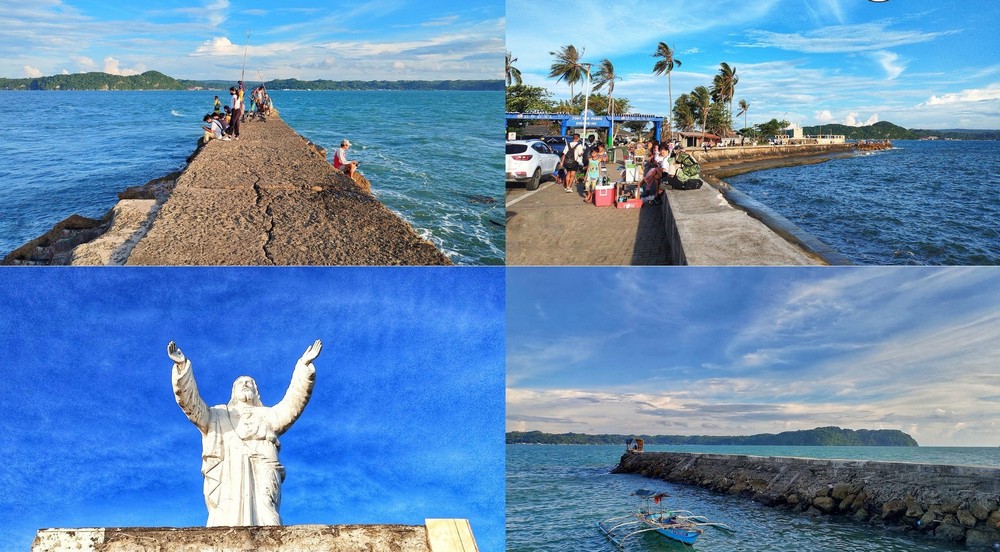Iloilo City Gov’t, National Museum to restore Fort San Pedro

The National Museum of the Philippines and the Iloilo City Government have started the preparations to kickstart the excavation and prerestoration works of Fort San Pedro Iloilo, an important cultural property.
In a recent meeting, Mayor Jerry P. Treñas and NMP Director-General Jeremy Barns identified the needed preparations to start the preliminary works that will determine the direction of the PhP4-million prerestoration project.
Attorney Ma. Cecilia U. Tirol, NMP Visayas director, together with the architects of the Iloilo City government, inspected the site early this month.
The NMP Archaeology Division headed by archaeologist Dr. Mary Jane Louise A. Bolunia has started reviewing the 1820 blueprint of the fort, comparing it to photographs taken in the 1930s up to early 1940s and after World War II.
These photos were overlaid with the recent photos of the fort to aid the technical experts in determining the extent of the site that will be covered by the project.
The preparation works will start with an archaeological excavation of up to 1.50 meters deep to locate the remains of the fort’s foundation.
The NMP plans to start the works from the seaside area away from the foot traffic and expand as necessary. After which, the data will aid in the preparation and production of working plans for reconstruction.
Mayor Treñas assured Director-General Barns of help to expedite the commencement of the prerestoration of the fort.
Built in the 15th century, the Fort San Pedro or Fort Nuestra Senora del Rosario is located along San Pedro Drive in the domestic port area of Iloilo City.
The structure which is typical of a Spanish-built fortress in the country is quadrilateral in shape and is approximately measures 60 meters to 60 meters in building footprint.
The walls are made from cut coral stones quarried from Guimaras, and are approximately 12 feet high and 30 feet thick.
According to historical accounts, fortresses like the Fort San Pedro were constructed by the Spanish to protect the towns from the threats of Moro pirates.
During the 20th century, the structure started deteriorating and was destroyed during World War II.
At present, the area is being used as a park where miscellaneous structures such as statues and gazebos were constructed.
Remains of the original masonry walls, although visible, are overshadowed by the present development in the area. (Maricyn A. Delos Santos, Information Officer III / NMP Visayas)

